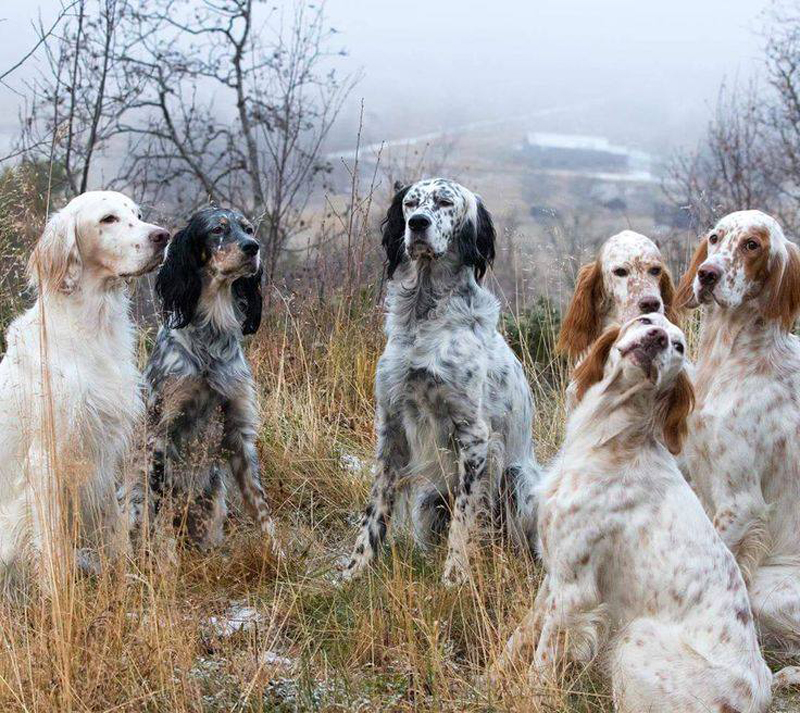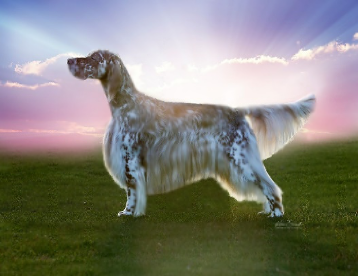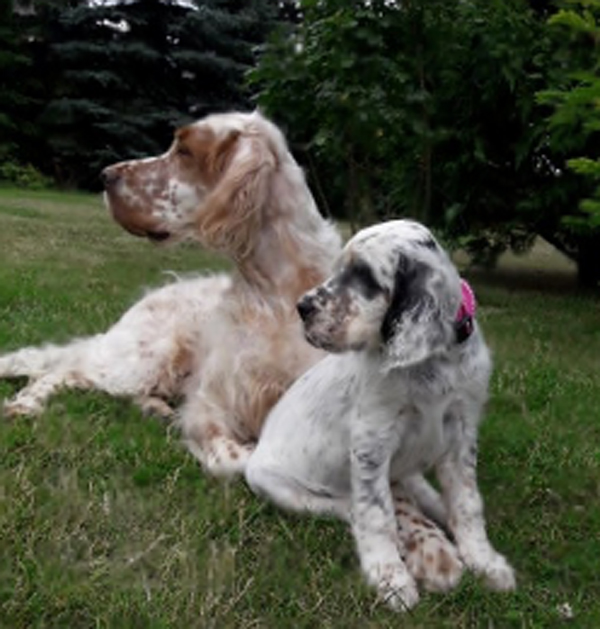History & Heritage
Dogs of the colours and patterning of today’s English Setters were documented in Elizabethan times, however the modern English Setter is taller than its spaniel ancestors, hunters wanting a longer legged type that could work all day in upland country locating quail, grouse and partridge.
The breed we recognize today was largely developed during the 18th and 19th centuries by careful selection for working characteristics, soundness of limb and temperament, together with a large dose of good looks. Two notable breeders of this time to whom the modern English Setter owes much, were Edward Laverack and Purcell Llewellin. Selective breeding produced the medium sized, elegant, distinctively coated and good-natured breed we are familiar with today.
The English Setter
The English Setter is such a sweet tempered breed that it is thoroughly trustworthy with people and other animals. The breed standard describes English Setters as “intensely friendly” which, when coupled with their medium size makes them an ideal family dog. This is a breed that will adapt easily to your lifestyle whether you are seeking a companion, a show or working dog, just as long as they are loved and can give love in return.
Suitable owners would be those who enjoy regular exercise and want an affectionate and loyal canine as a member of their family. The English Setter is a social animal and needs companionship, so prospective owners must be prepared to include them in their day to day living activities.
Size & Colour
A medium sized breed, the average height at shoulder for dogs and bitches is:
Dogs 65 to 68 cms or 25.5 to 27 ins;
Bitches 61 to 65 cms or 24 to 25.5 ins
The Working Setter (sometimes referred to as the Field Setter) are often smaller than the Show Setter.
English Setters come in a variety of colours.
The ground coat is white and this is flecked with colour ranging from lightly marked to roan. In the latter the colour predominates.
Recognized colours are:
• Black and white
• Orange and white
• Lemon and white
• Liver and white
• Tricolour – which can be either, black white and tan, or liver white and tan.
The link below provides a very useful illustration identifying the colours permissible in the breed.
Colour Pics for the English Setter
Eyes should be hazel to dark brown with a sweet, soft expression.
The pigment on the eyelids and nose should be well formed and of a colour that blends with the coat.
Maintenance: exercise, coat care and grooming
The English Setter’s silky coat is easy to look after. A good brush several times a week, checking for tangles after a romp in the park, and a little trimming around the neck ears and feet, is all that is required.
Click to read the Grooming Guide
The below link may provide some assistance to pet owners and first time English Setter owners in keeping their dogs neat, tidy and comfortable.
If you are planning to exhibit your English in the show ring then a higher degree of trimming is required to present a clean outline. This is not difficult to learn and most new exhibitors pick up the skill quickly from the breeder who sold them their puppy.
Being a gundog – or hunting breed – the English Setter enjoys regular exercise. A bored dog turns to other diversions, so if you are considering this breed be prepared, and regularly put aside an hour or two for exercise and play.
Once this is over your English will be content to curl up and doze. They enjoy their run in the park or daily walk, but they are equally at home curled up in a favourite chair, preferably yours.
Being a person-orientated breed English Setters thrive on company. They want to be with their human family and their sound temperament enables them to exist in perfect harmony with other English Setters and family pets.
The Show Dog
A good show specimen should be elegant in outline and movement. The head is long, reasonably lean and is set on a clean, long neck that flows evenly into a level topline.
This breed has a good spring of rib providing ample heart and lung room. A correctly angulated front and rear will enable a show English Setter to move around the show ring with reach and drive. A silky coat evenly flecked with colour completes a very attractive picture.
The Breed Standard
The Australian National Kennel Council (ANKC) website has all breed standards listed. The current English Setter Breed Standard and its EXTENDED BREED STANDARD that was requested of all breed clubs by the ANKC back more than 20 years ago is available here too. This was put together by the ESAV with the assistance of the English Setter Club of NSW and is a fantastic reference that continues to retain its relevance to the points of the breed.
Click on the button below to read and or download the Breed Standard.
The Working Setter
The instinct to scent and set birds is still strong in lines bred for showing and as pets. However, in Australia, those wanting to pursue serious hunting interests will need to look further afield to breeders specialising in working setters to achieve their goals.
English Setters are keen workers, excelling in the location of birds and working in conjunction with other breeds.
Combining show and field …
The founding members of our Breed Club – The English Setter Association of Victoria – and English Setter enthusiasts in other states of Australia, all worked their dogs in the field as well as competing in shows. This was the norm prior to and at the time that our Club was formed back in 1959.
The ‘working’ setter and the ‘show’ setter these days are quite different from each other in appearance, although both strains display the temperament and attributes of the breed.
It is interesting that here in Australia the widening of the gap came quite quickly, so by maybe the 90’s ‘show’ bred dogs did not enter into the field, and the reverse some time earlier; whereas in other countries, even in the UK and the USA today, there are still conformation bred ES working the paddocks and winning in the show ring. And, of course in many European countries it is a requirement that a working credential is achieved in order to attain the title of “Champion”.
Purchasing a dog or puppy
Advice from Dogs Victoria Inc, of which the English Setter Association is an Affiliated member, is that anyone in Victoria who advertises to sell or give away a dog or cat will need to be registered on the PET EXCHANGE REGISTER, visit – http://agriculture.vic.gov.au/pets/puppy-farm-legislation/pet-exchange-register
Details of the ESAV Inc Litter Service and the Pet Exchange Register are available from the Puppies page.
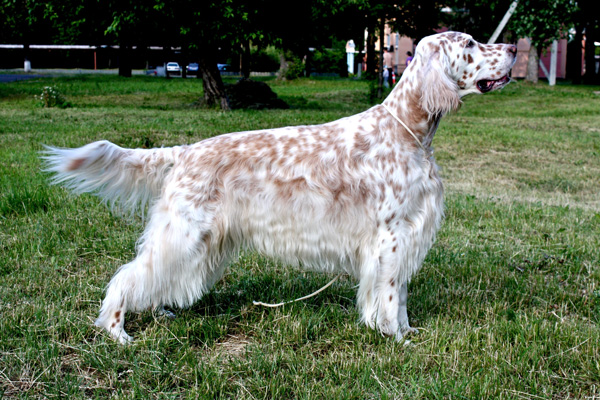
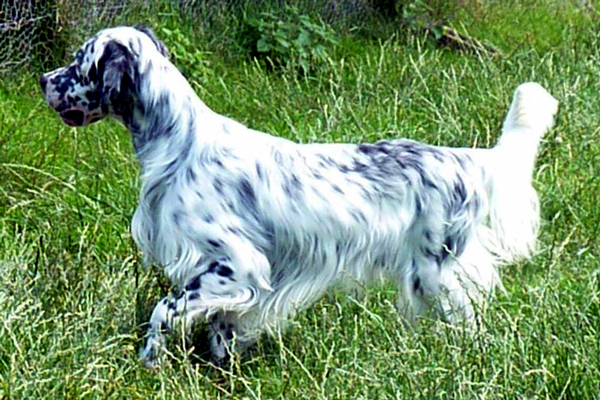
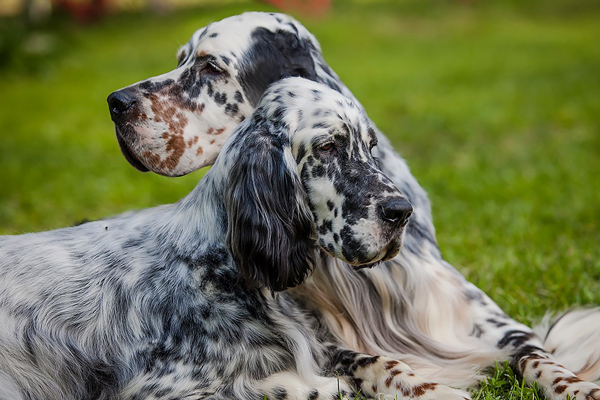

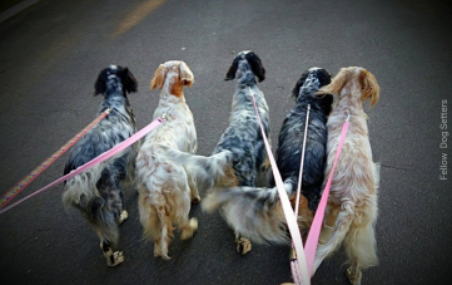
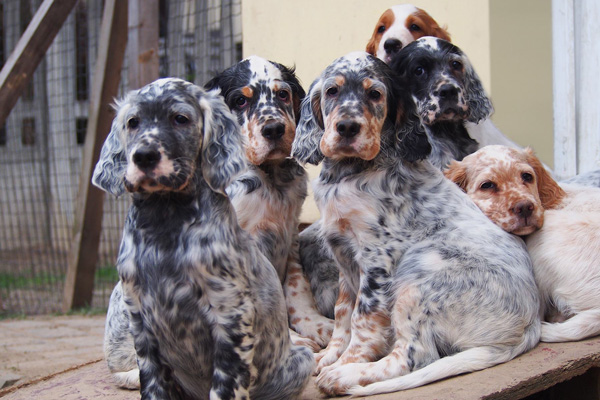
Contact Us
Main Contacts
Secretary 0432 400 029 englishsettervic.secretary@gmail.com
President 0432 787 029 englishsettervic.president@gmail.com
Treasurer 0407 563 554 englishsettervic.treasurer@gmail.com
Litter Service 0432 400 029
Or send a message via the form on the right.
We will get back to you as soon as possible.

